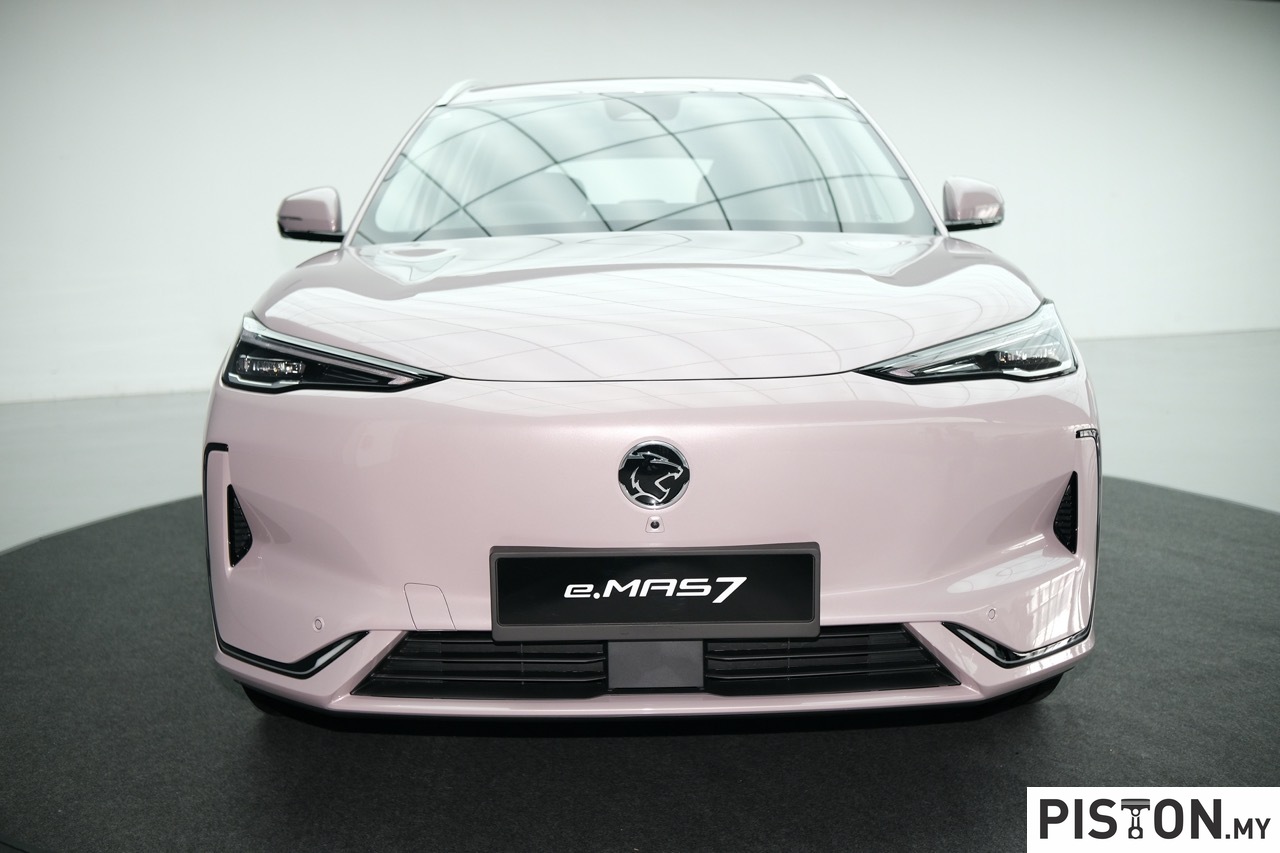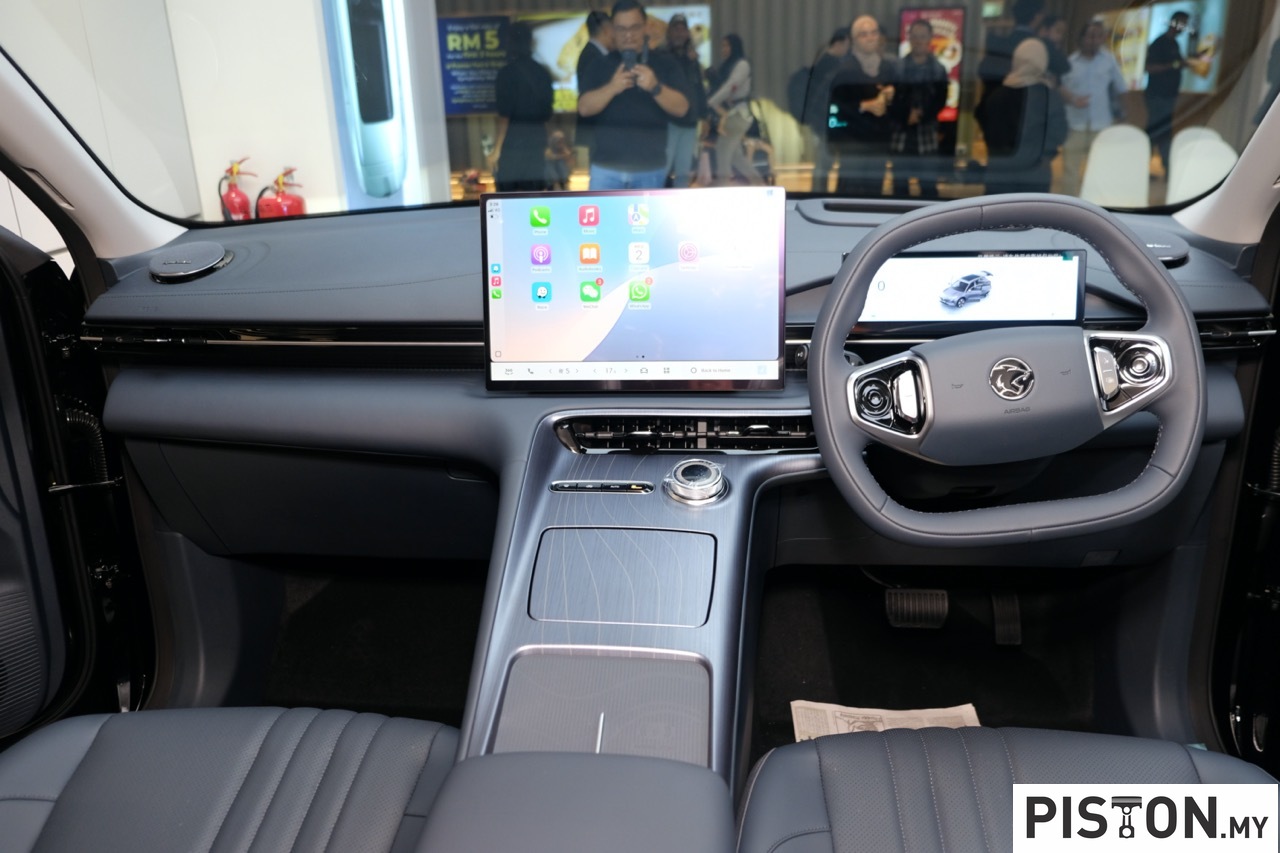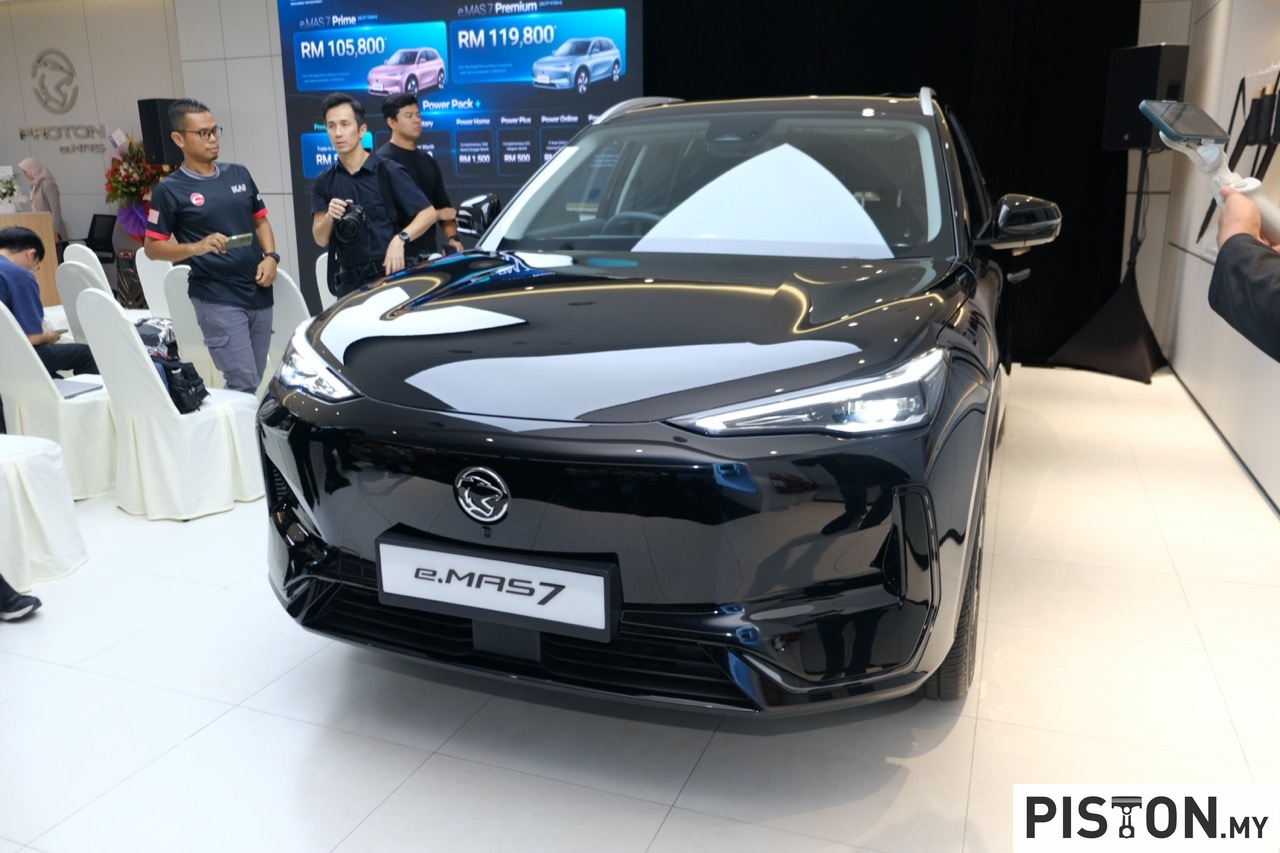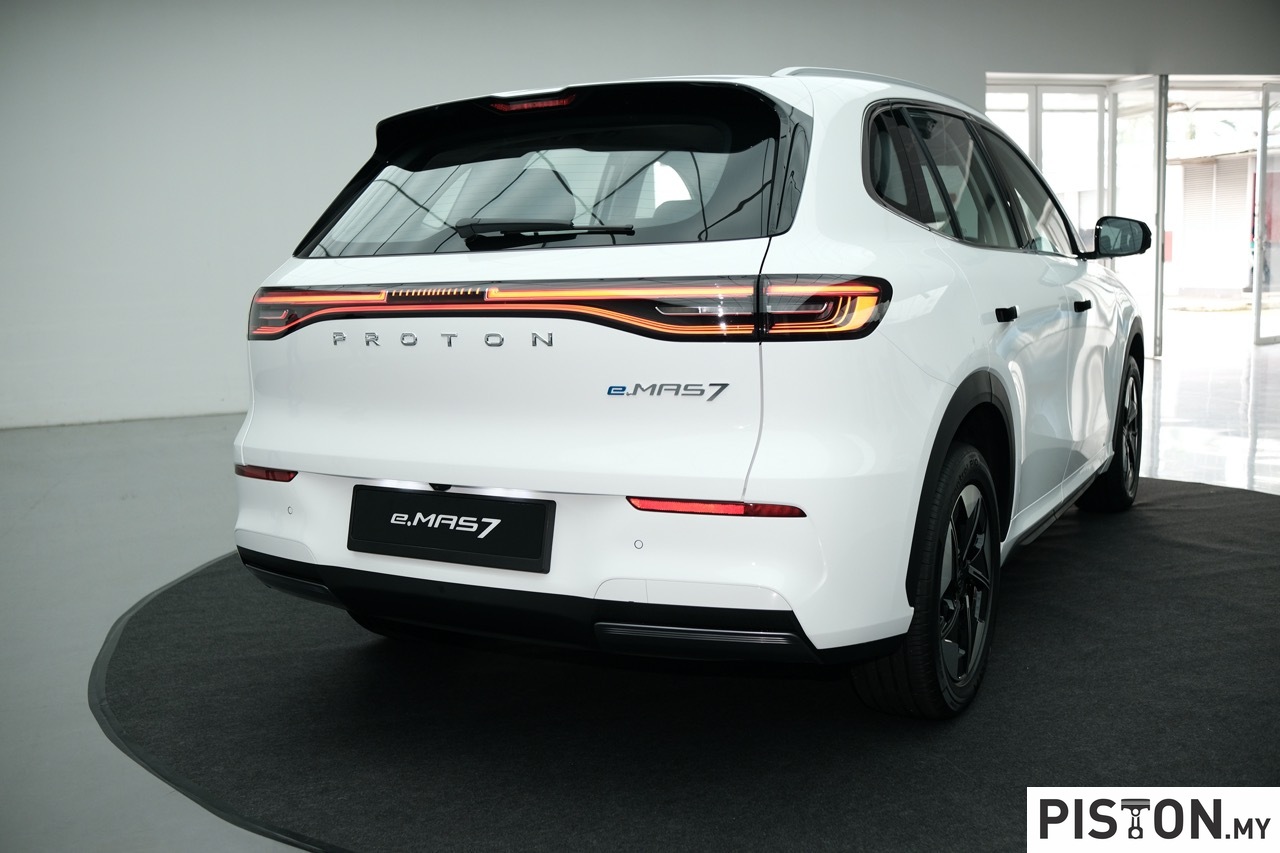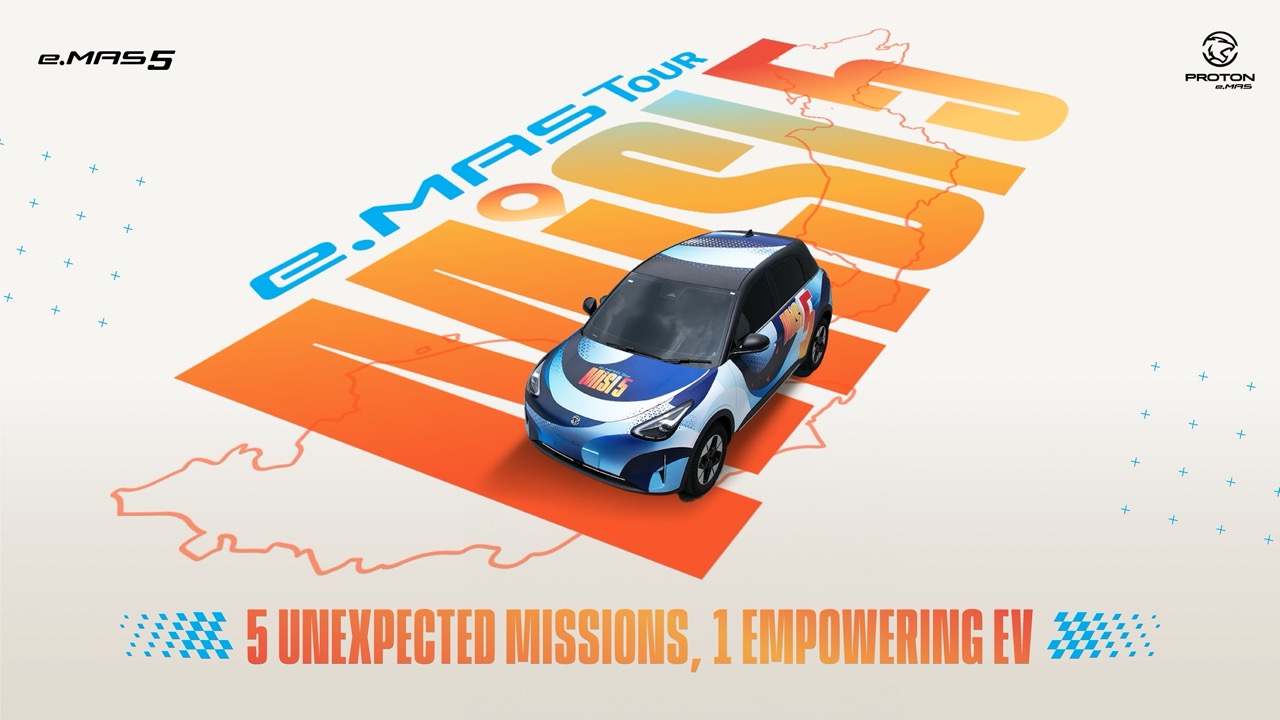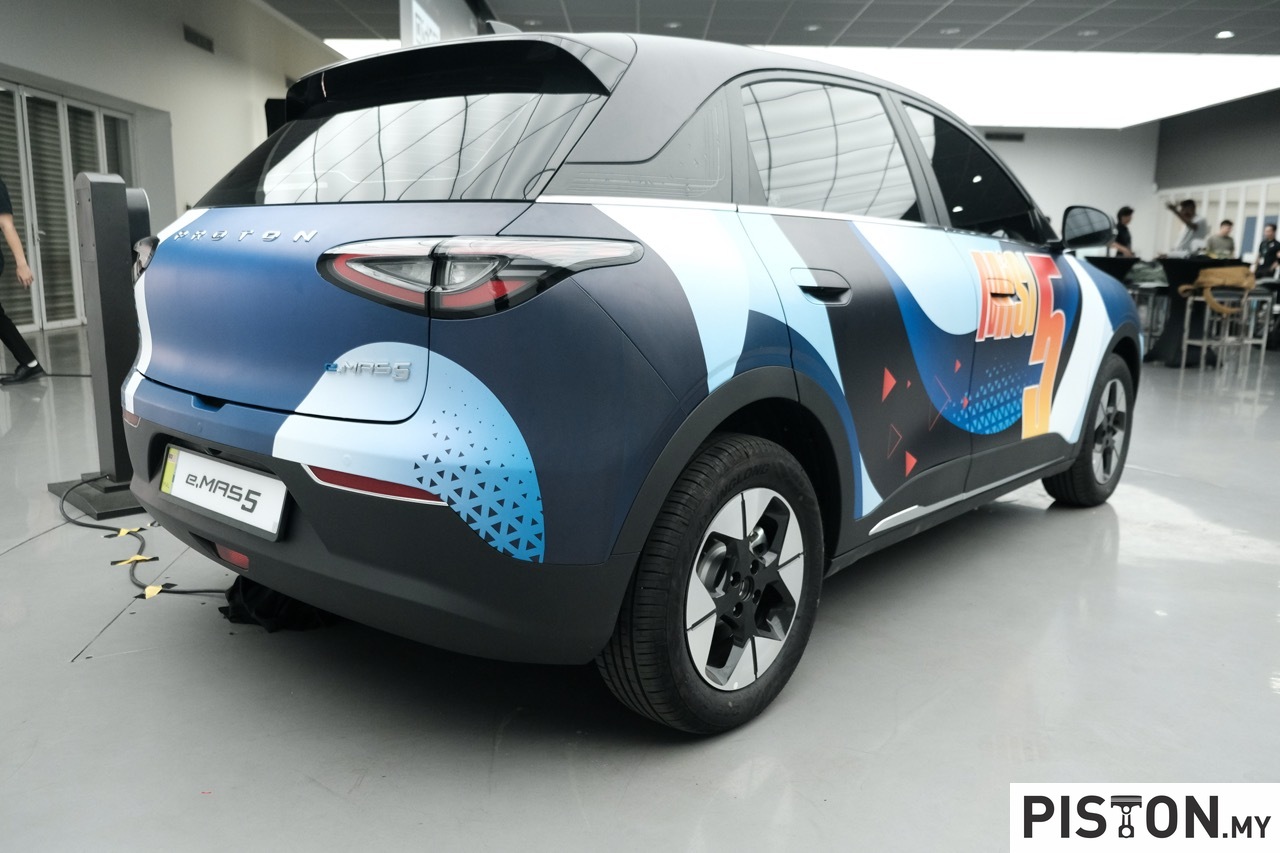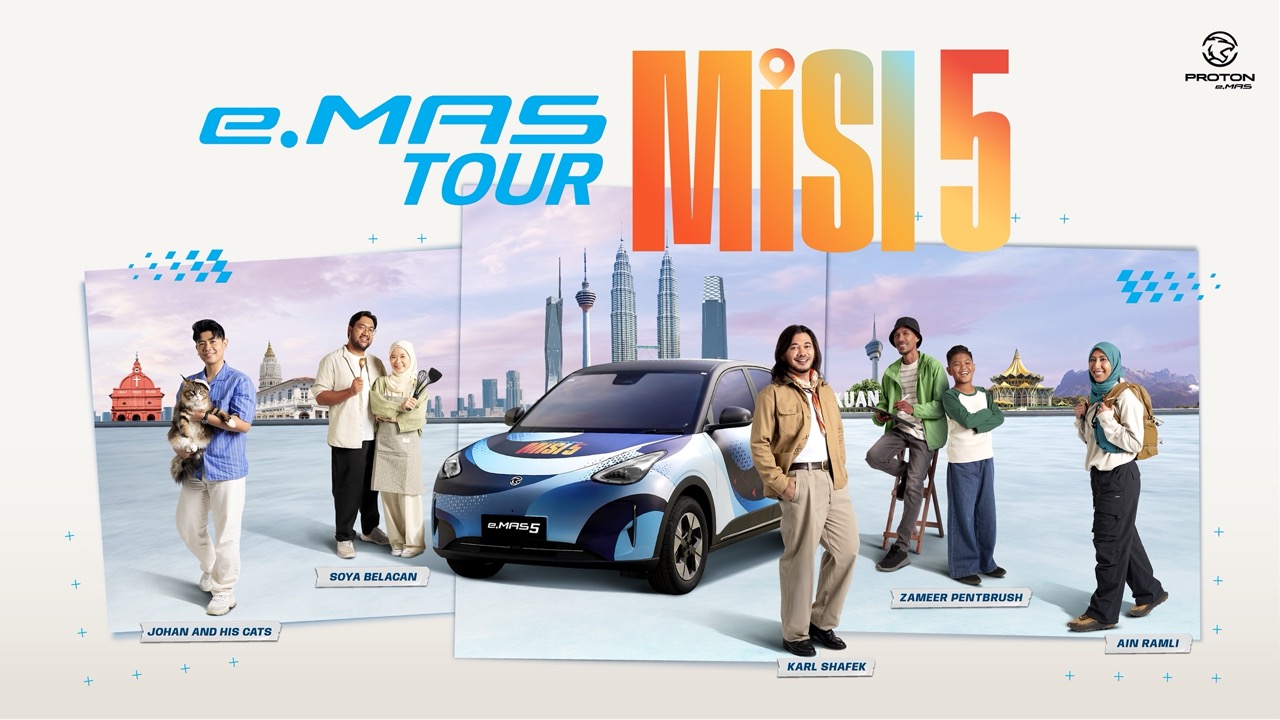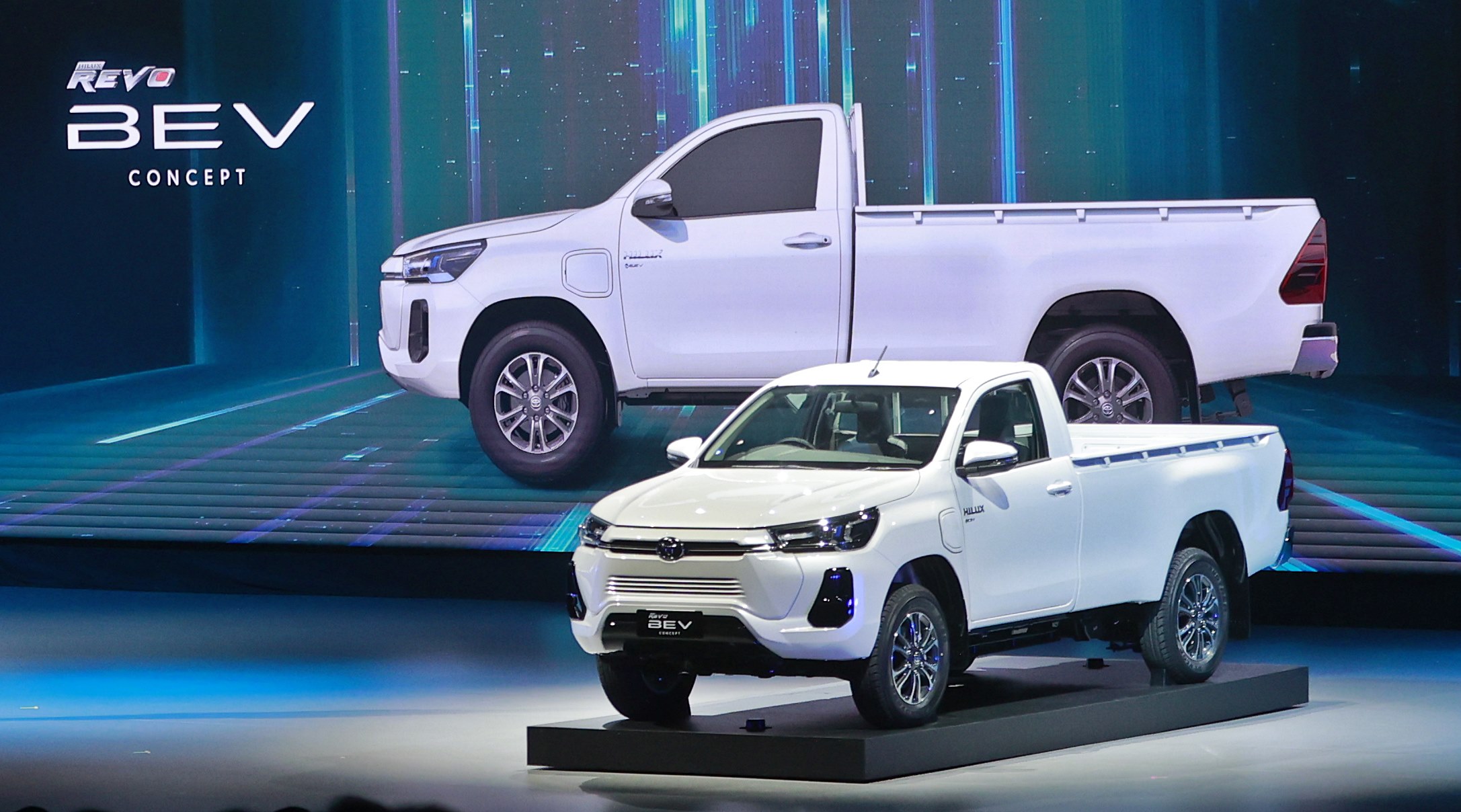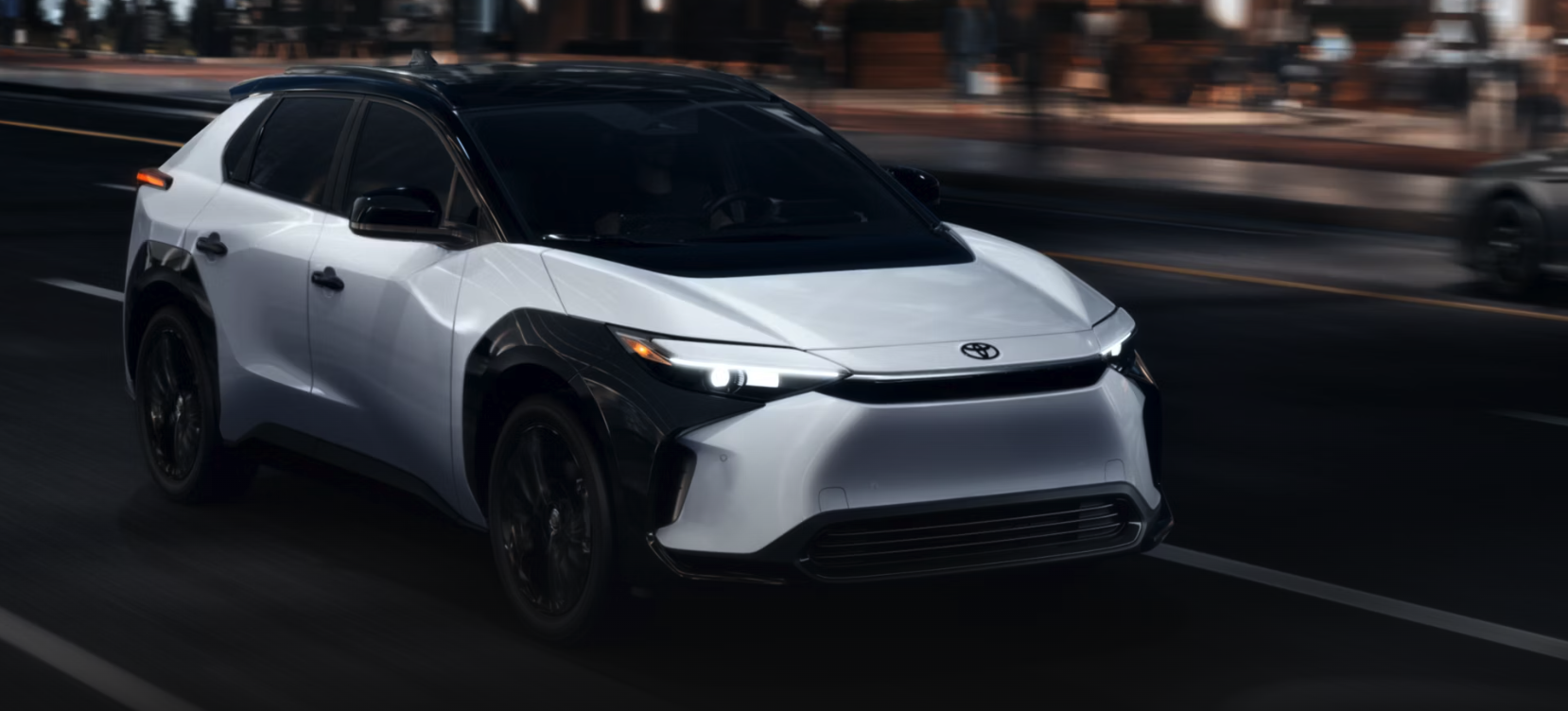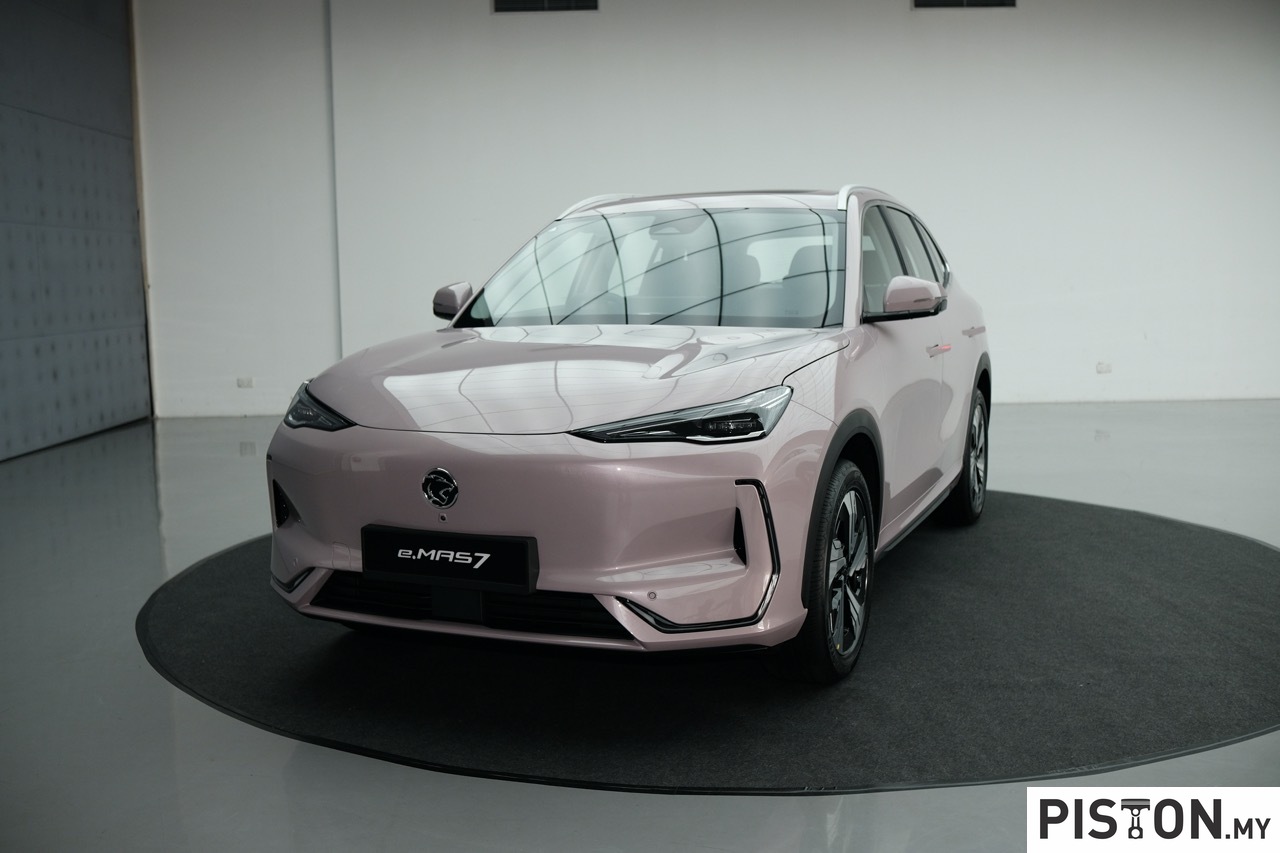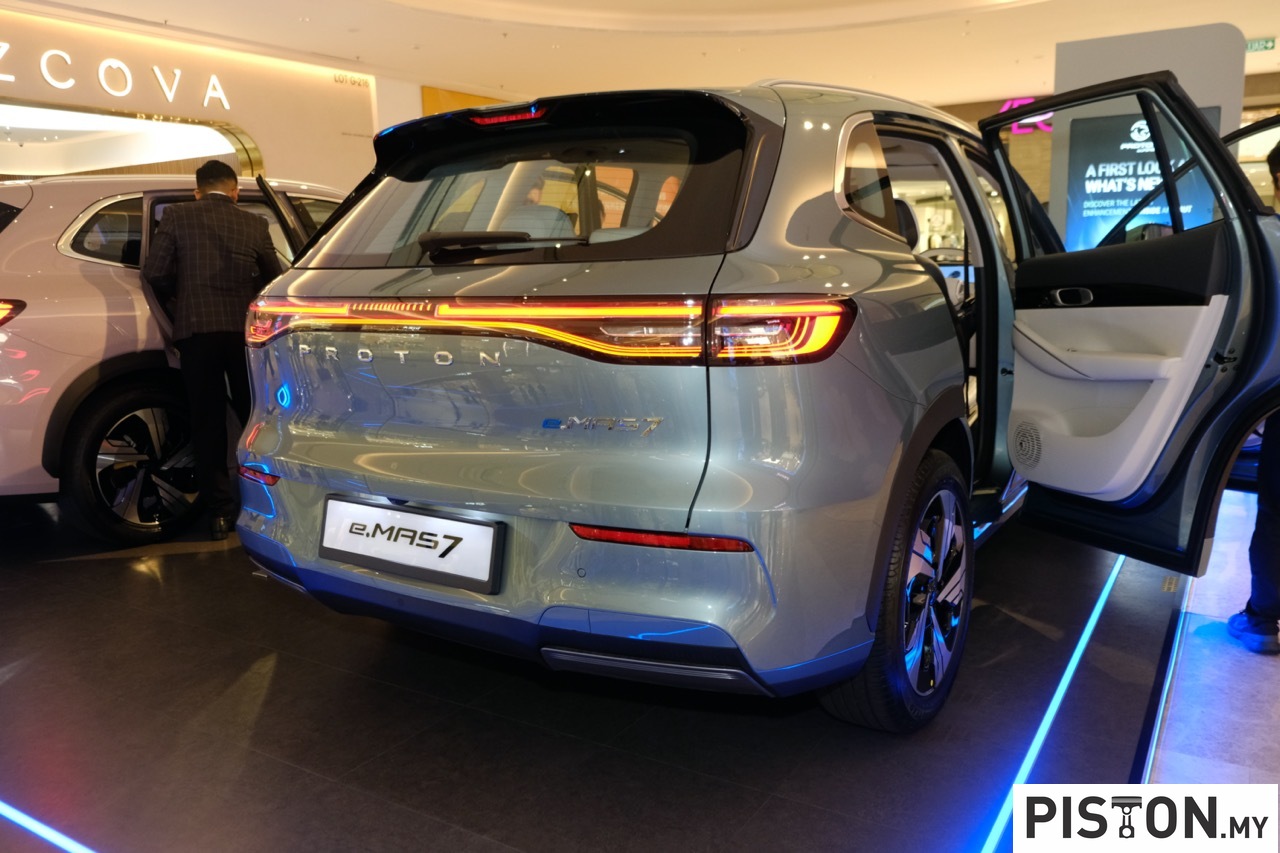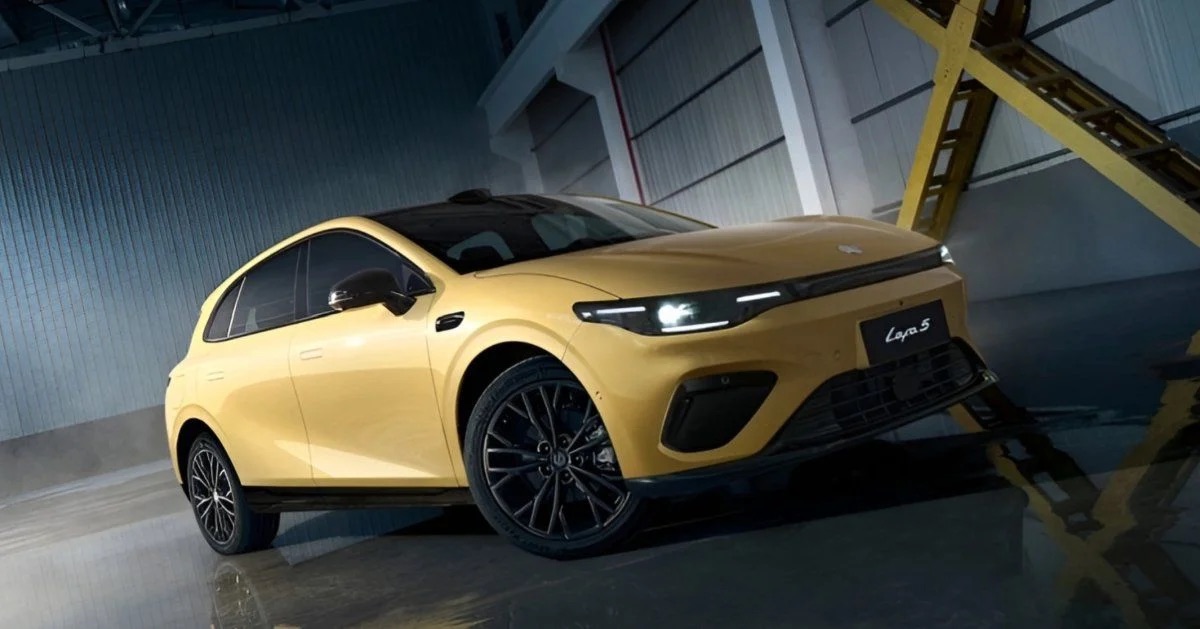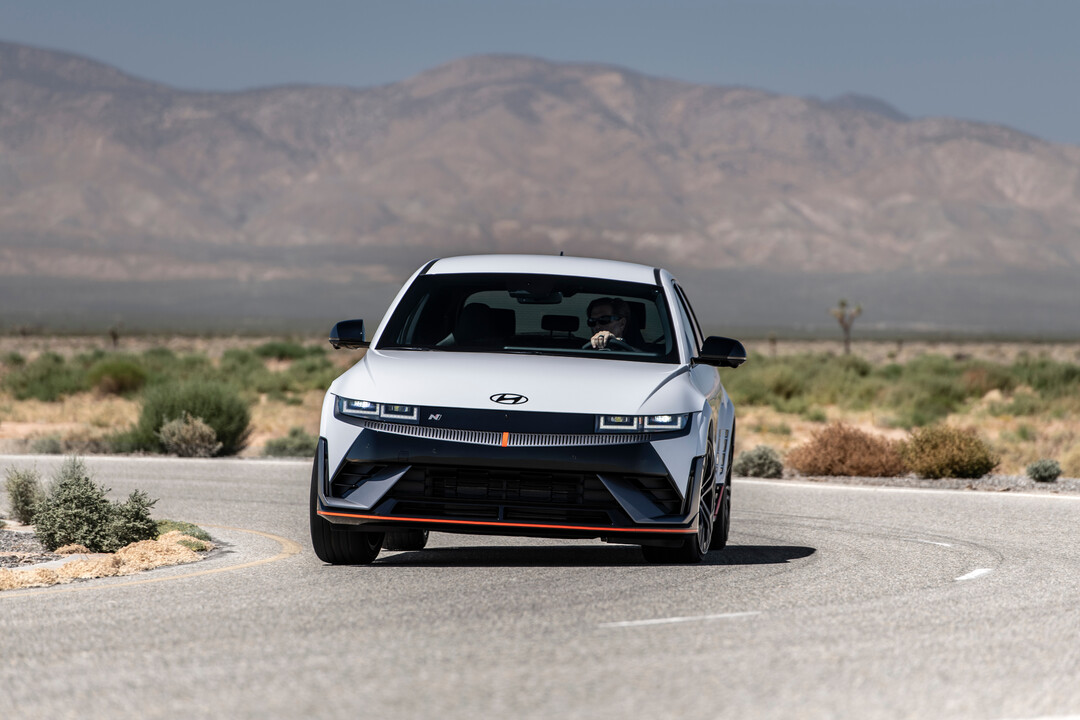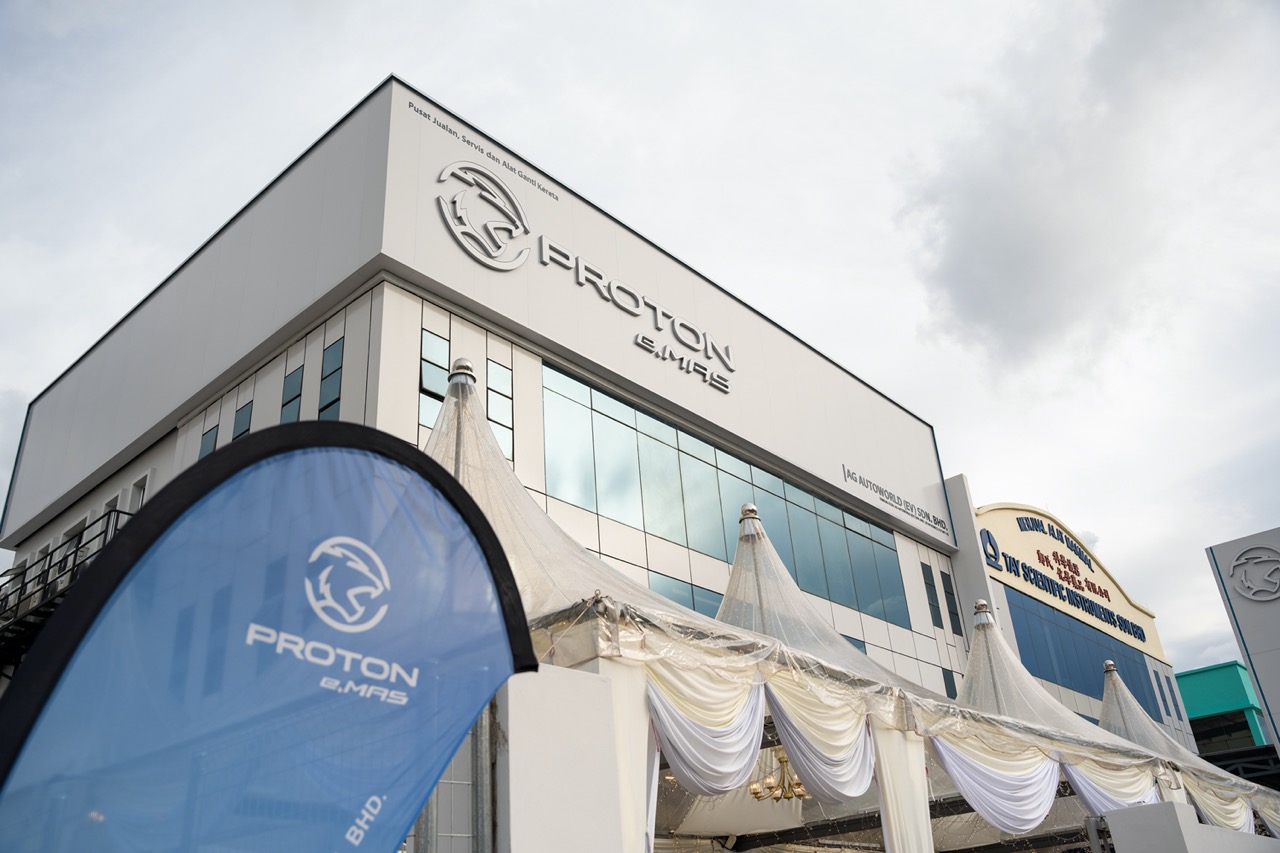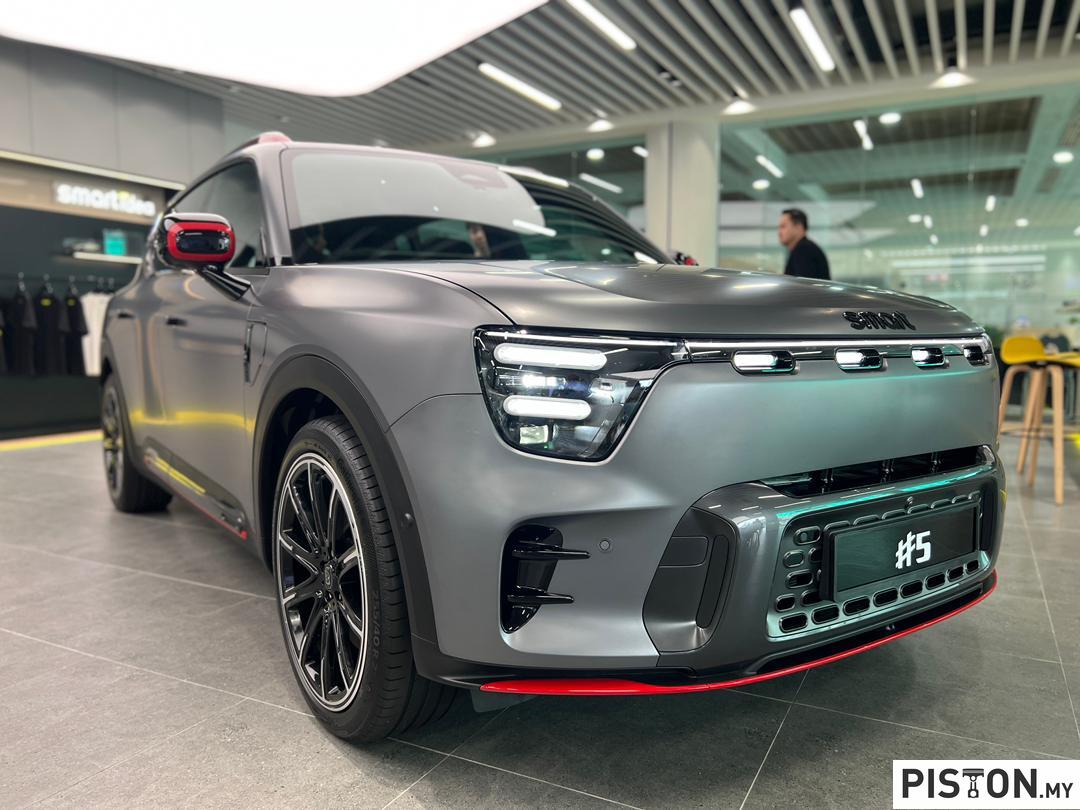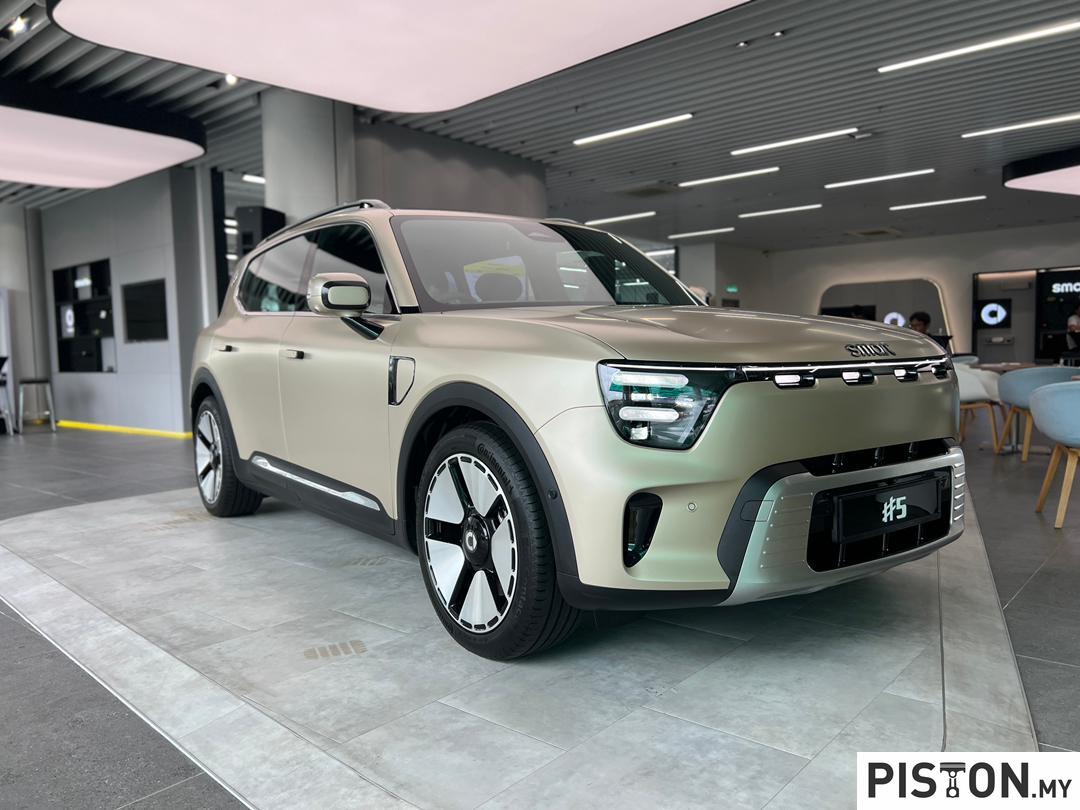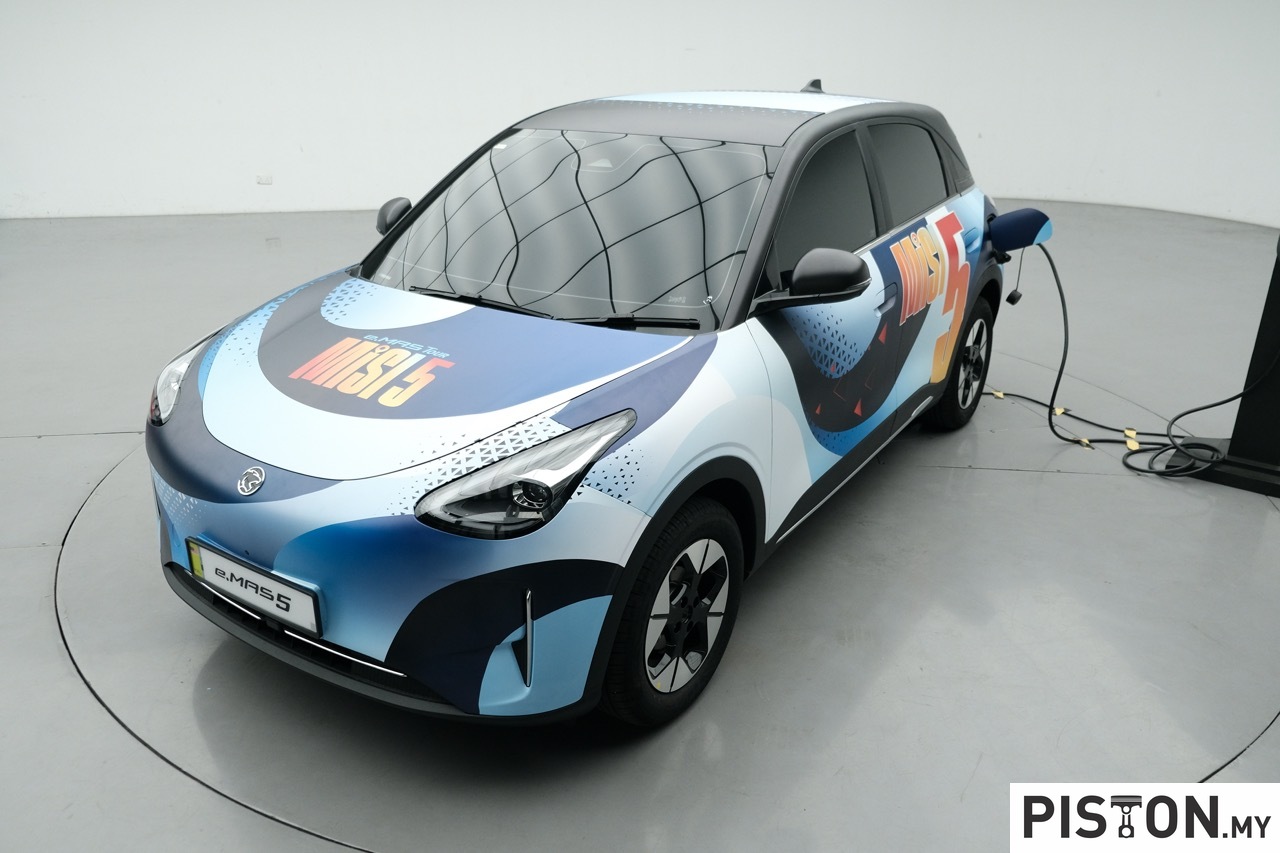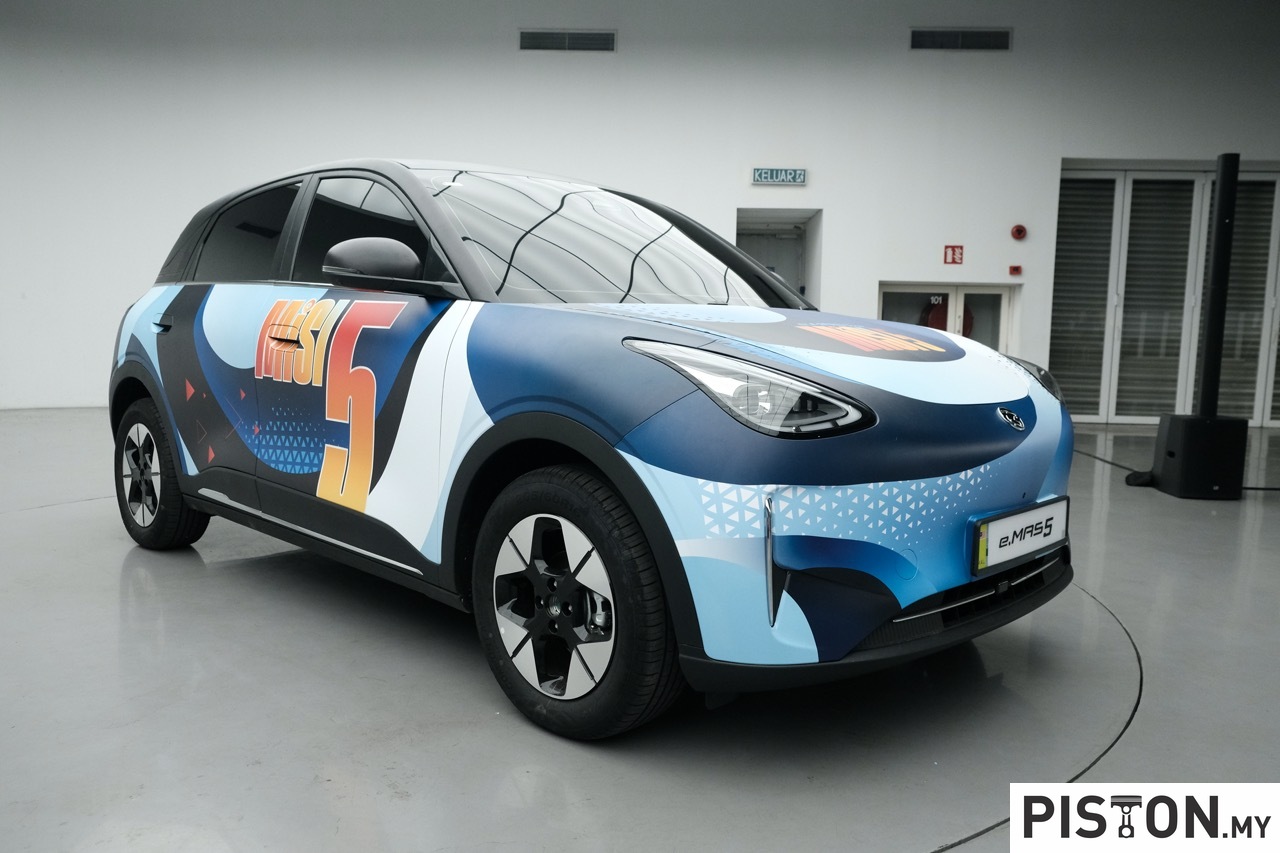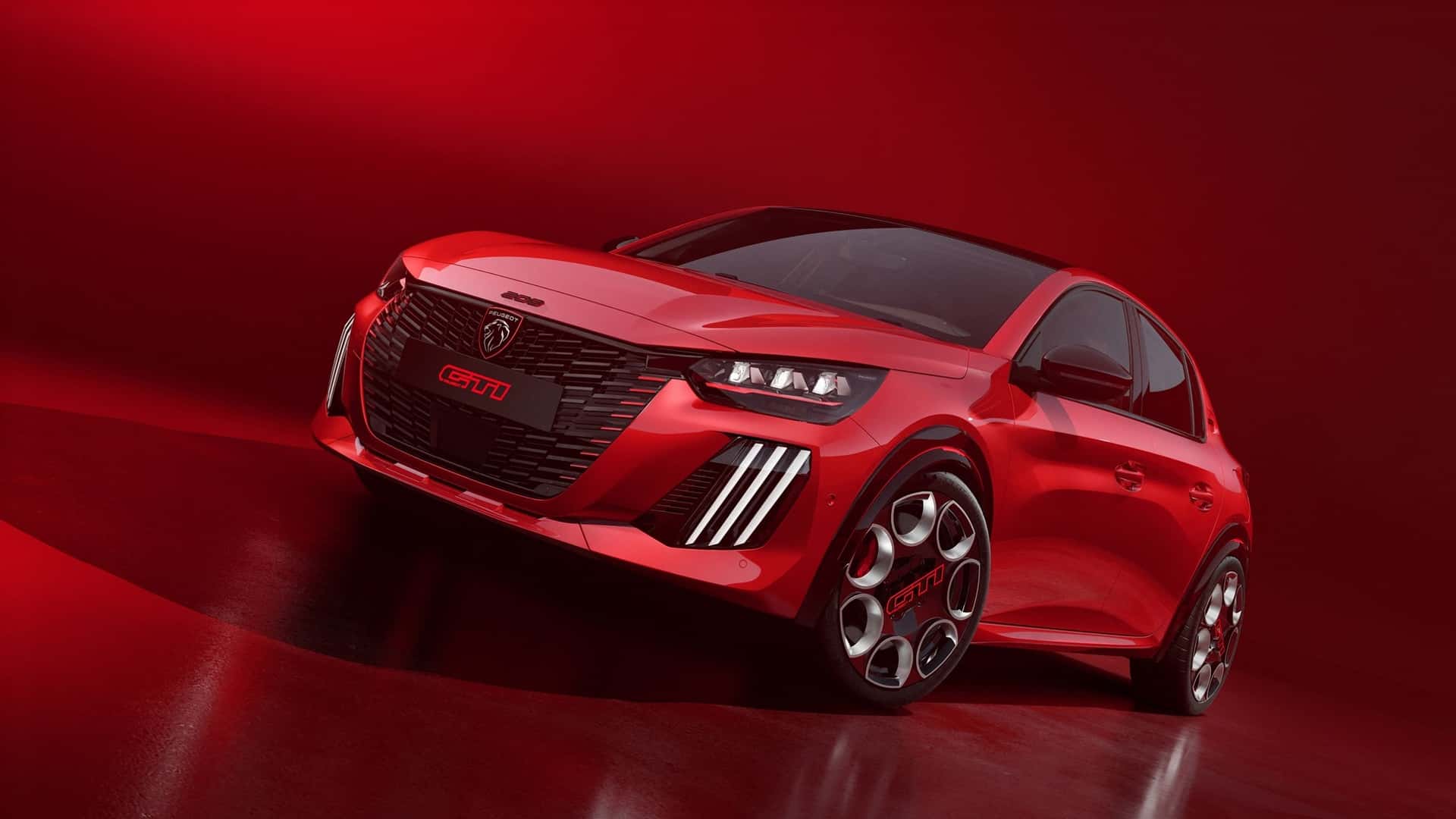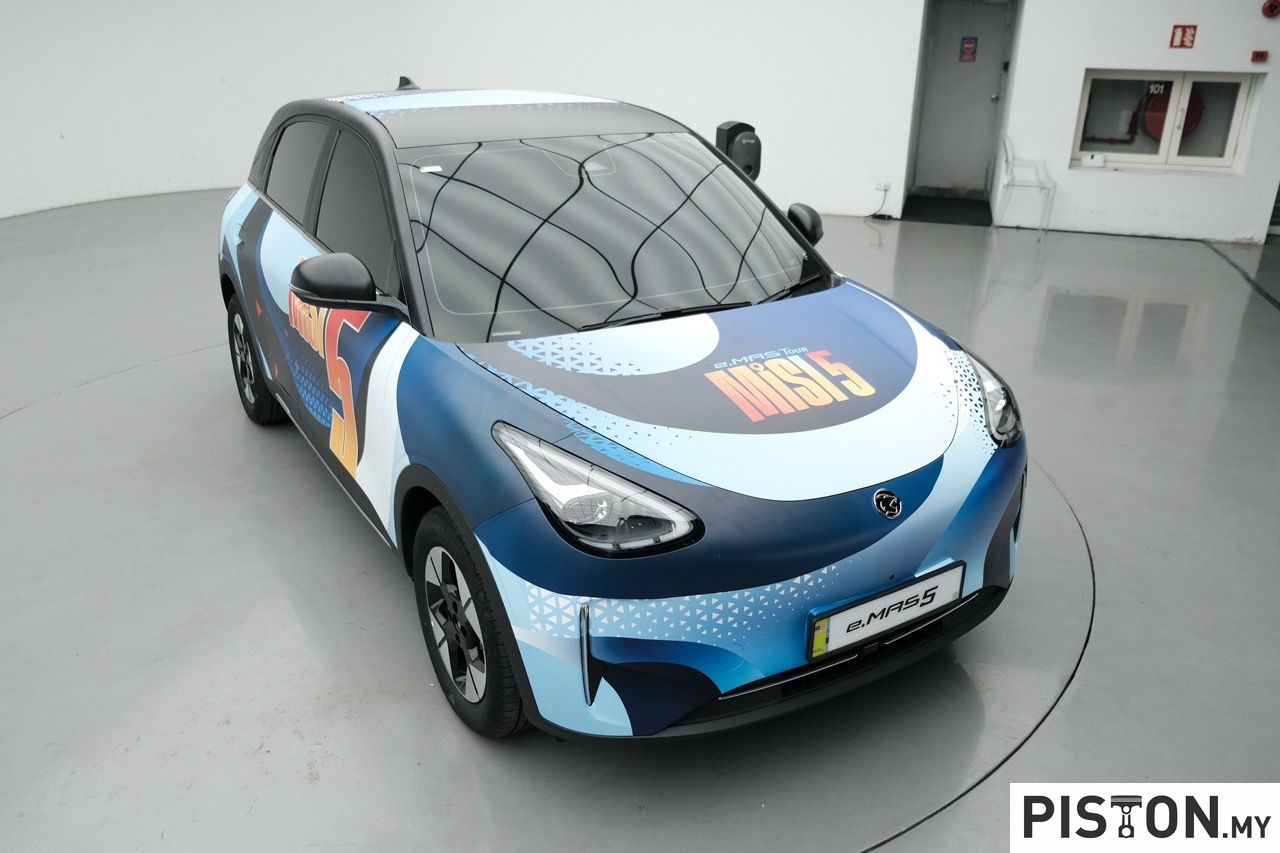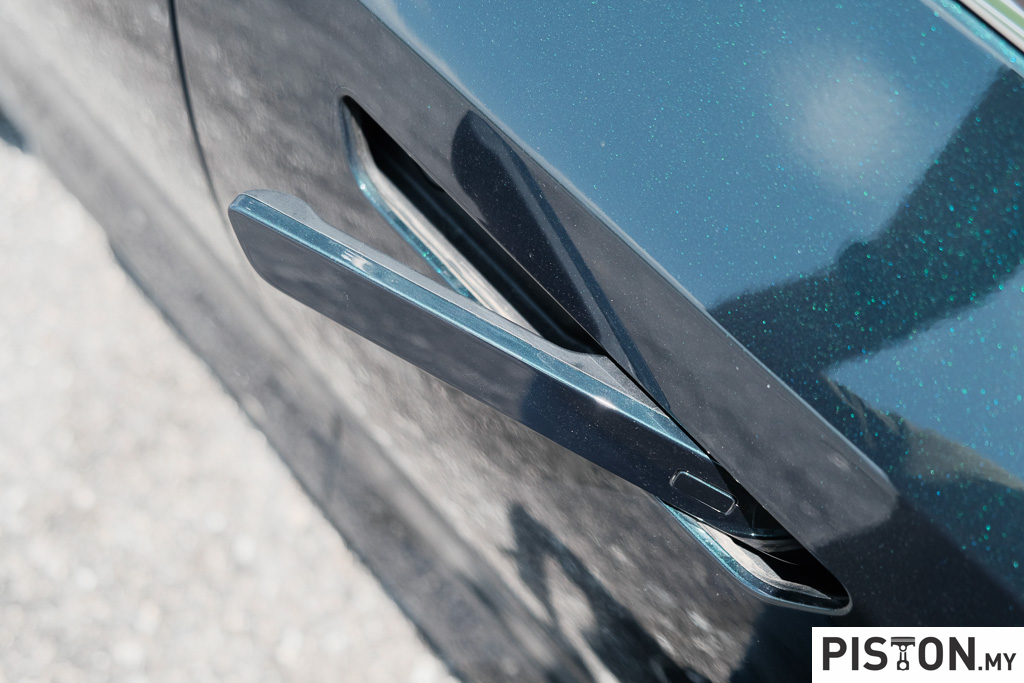Anak syarikat Geely, Livan Auto, telah melancarkan model terbarunya, Livan Smurf, sebuah kereta bandar elektrik kompak yang disasarkan untuk pemandu bandar yang mahukan kenderaan kecil, bergaya dan berpatutan.
Smurf sebenarnya ialah versi berlencana semula daripada Geely Panda Mini EV, yang terbukti berjaya di pasaran China dengan lebih 101,000 unit terjual antara Januari hingga Julai 2025. Dengan pengenalan Smurf, Livan menyasarkan golongan pembeli muda serta mereka yang mencari pintu masuk mudah ke dalam dunia mikro-EV yang semakin berkembang pesat.
Dari segi reka bentuk, Smurf tampil dengan rupa comel dan mesra bandar. Lampu depan “Forest Spirit Eye” yang diinspirasikan kartun memberi watak ceria, dipadankan dengan bampar berkemasan perak. Port pengecasan pula disembunyikan kemas di bahagian hadapan. Pelanggan boleh memilih warna satu tona atau dwi tona, dengan padanan rim aloi “Pin Wheel” 14 inci yang unik.



